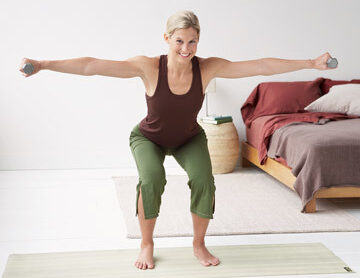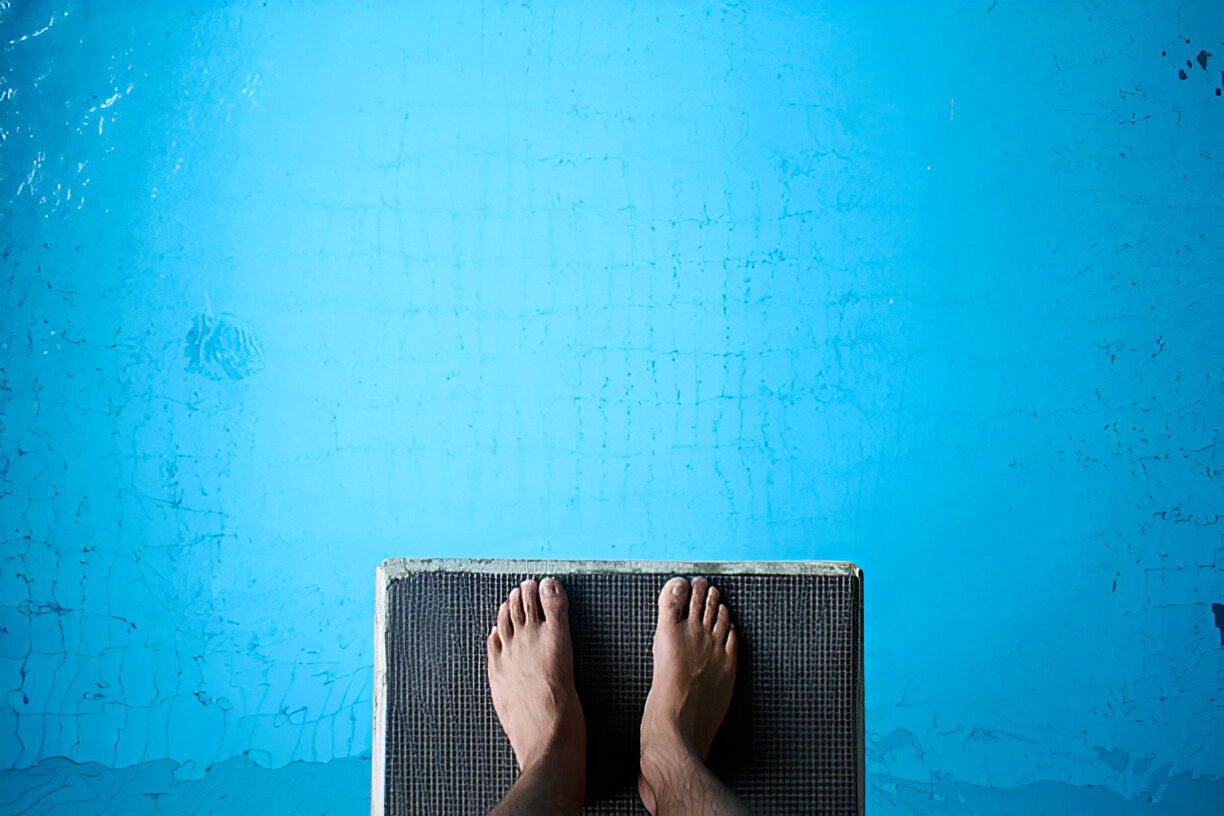
A peaceful home is more than just a dream—it’s a sanctuary where you can recharge and escape from life’s daily pressures. By making a few simple changes, you can transform your living space into a stress-free haven. From decluttering to creating calming environments, let’s explore 10 effective steps to turn your home into a place of relaxation and comfort!
Declutter and Organize
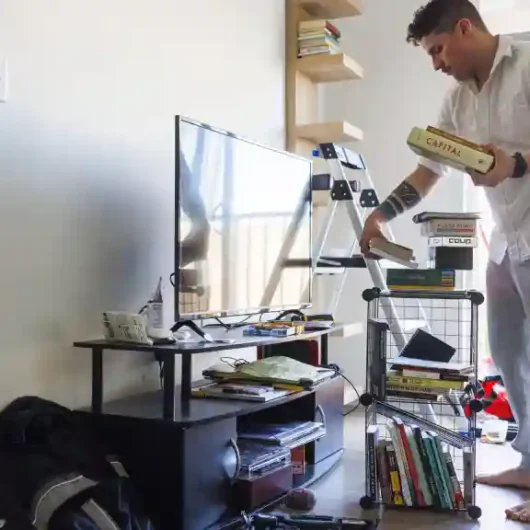
Clutter can be a significant source of stress, overstimulating your mind and making it difficult to focus. A cluttered space can feel overwhelming, leading to feelings of anxiety. By simplifying and organizing your home, you can create a more peaceful atmosphere. Start small—declutter one area at a time, utilize storage solutions, and follow minimalism principles to keep things tidy. A minimalist approach encourages a clean, open space, reducing visual distractions and allowing you to focus on what truly matters, fostering a sense of calm and relaxation.
Minimalism doesn’t just clear your physical space—it clears your mind. A decluttered, organized home promotes clarity and peacefulness. With fewer items crowding your environment, you can better manage your thoughts and emotions. This simplicity fosters a space that feels serene and welcoming, helping you recharge after a long day. By removing clutter, you make room for positive energy and relaxation in your home.
Create Calming Spaces
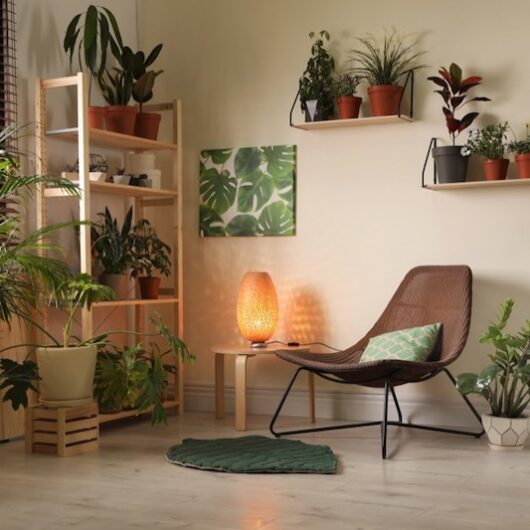
Designating specific areas in your home for relaxation can make a significant impact on your stress levels. Choose a quiet corner or room that’s free from distractions, and transform it into a space dedicated to mindfulness, meditation, or peaceful activities. Soft lighting, cozy textures like throw blankets, and natural elements such as plants further enhance the calming effect, creating an environment conducive to relaxation. A clutter-free bedroom promotes better sleep, which is essential for reducing stress and improving overall well-being.
To create a serene atmosphere, keep these designated spaces organized and visually soothing. A calm environment encourages mindfulness and helps you disconnect from daily stressors. Whether it’s a small reading nook or a meditation space, these areas offer a retreat where you can recharge. A serene, clutter-free home contributes to a more relaxed state of mind.
Incorporate Soothing Colors
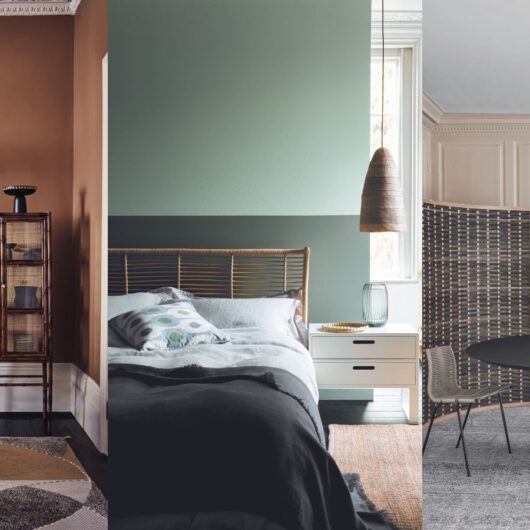
Colors in your home play a powerful role in affecting your mood. Soft, calming hues like blues, greens, and neutrals can reduce stress and promote relaxation. Bright, overly stimulating colors may not be ideal in spaces meant for unwinding. Instead, opt for calming shades such as pastel blues or soft grays. These colors create a peaceful backdrop that soothes the mind and body, encouraging relaxation.
Balancing neutral tones with subtle accents of color allows you to add warmth and personality to your space without overwhelming it. Muted colors like pale greens or light yellows evoke a sense of calm, creating a more inviting environment. Choosing the right color palette transforms your home into a stress-free sanctuary, enhancing tranquility.
Use Aromatherapy to Enhance Relaxation

Aromatherapy is a simple yet effective way to promote relaxation. Essential oils like lavender, eucalyptus, and chamomile are known for their stress-relieving properties, offering an easy way to create a calming environment. These scents help reduce anxiety, improve mood, and enhance relaxation, turning your home into a peaceful retreat. Use a diffuser or scented candles to spread these calming scents throughout your space.
Incorporating aromatherapy into your daily routine has long-lasting benefits. Scents like lavender promote better sleep, while eucalyptus helps clear the mind. Whether through an oil diffuser or scented candles, aromatherapy creates a serene atmosphere, making your home a place of peace and relaxation.
Invest in Comfortable Furniture

Your furniture plays a vital role in your comfort and relaxation. Opting for comfortable, ergonomic pieces can help reduce physical strain and improve mental well-being. Whether it’s a plush sofa or an ergonomic chair, your furniture should support good posture and help you unwind. Soft, cushioned seating and cozy fabrics contribute to a relaxing environment, while well-chosen furniture transforms your home into a comfortable sanctuary.
Arranging furniture to promote good energy flow enhances the sense of calm in your home. Avoid overcrowding your space with bulky items, and choose furniture that complements the scale of your room. Position seating areas near windows to take advantage of natural light. A thoughtfully designed layout promotes peace and comfort, making your home a more serene place.
Bring Nature Indoors

Indoor plants beautify your space and provide stress-relieving benefits by improving air quality and promoting a sense of calm. Plants such as snake plants, aloe vera, and peace lilies are low-maintenance options that purify the air and add a refreshing touch to your home. Adding greenery creates a connection with nature, which lowers stress and boosts well-being.
Incorporating nature into your décor is simple. Place small potted plants on shelves, hang planters by windows, or add a large statement plant to instantly bring life to your space. Natural elements like wooden furniture or stone accents enhance the feeling of being surrounded by nature, promoting relaxation and mental clarity.z
Reduce Noise Pollution
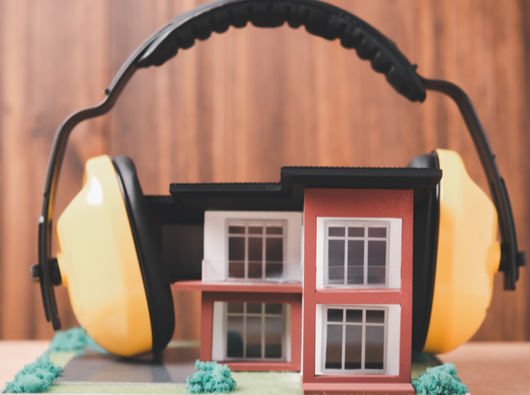
Noise pollution can significantly impact your stress levels, making it difficult to relax. Reducing noise in your home creates a more peaceful environment. Simple changes, like adding soft furnishings such as rugs, curtains, and cushions, help absorb sound and minimize external noise. For areas with high levels of noise, consider soundproofing solutions like thicker curtains or noise-reducing windows.
Introducing calming background sounds like white noise machines or nature sounds can create a soothing auditory environment. These sounds help mask disruptive noises, allowing you to relax more easily. Reducing noise is essential for a stress-free home where you can unwind without distractions.
Create a Daily Cleaning Routine

A clean home significantly reduces stress. Establishing a daily cleaning routine helps prevent clutter from building up, keeping your environment fresh. Break down larger tasks into smaller chores like tidying surfaces or doing dishes, and dedicate just 10-15 minutes a day to maintain a stress-free, organized space.
Regular cleaning improves both your home’s appearance and your mental clarity. A tidy space provides a sense of control, reducing feelings of overwhelm and creating a more peaceful environment. With a simple routine, you can keep your home clean and inviting, promoting relaxation.
Designate Tech-Free Zones

Excessive screen time increases stress and interferes with relaxation, especially before bed. Designating tech-free zones in your home—like the bedroom or dining area—helps encourage mindfulness and reduces the mental strain caused by digital devices. These zones allow for more peaceful, undistracted moments, perfect for unwinding.
Setting boundaries around technology use is also key for reducing stress. Create specific times to step away from screens, especially in the evening. By maintaining these mindful zones, you balance your lifestyle and allow for meaningful, technology-free moments.
Personalize Your Space
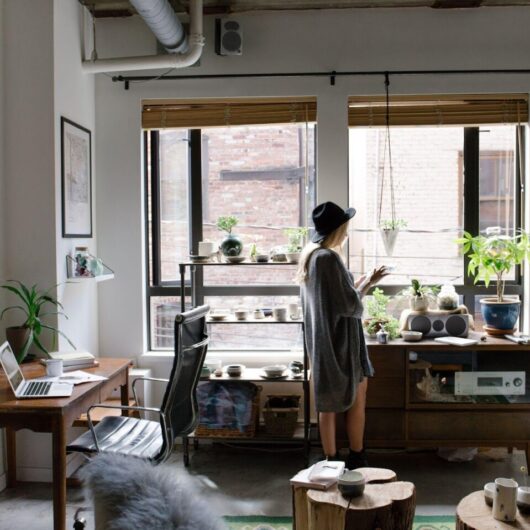
Adding personal touches to your home makes it feel more peaceful and inviting. Items that bring you joy, such as family photos, meaningful art, or travel souvenirs, reduce stress and create a comforting environment. Personalizing your space allows you to express yourself, creating an atmosphere that feels truly like home.
Incorporating sentimental décor adds warmth and positive energy to your living space. Display meaningful items without overcrowding, ensuring your home remains peaceful and uncluttered. Surrounding yourself with items that evoke happiness and fond memories fosters a sense of comfort and peace, promoting a stress-free environment.
Creating a stress-free home doesn’t require major renovations. With these 10 simple steps, you can transform your living space into a peaceful retreat where you can unwind and recharge. Start today by decluttering, incorporating soothing elements, and setting up calming zones. A few mindful changes can go a long way in turning your home into a true sanctuary of peace and comfort.














